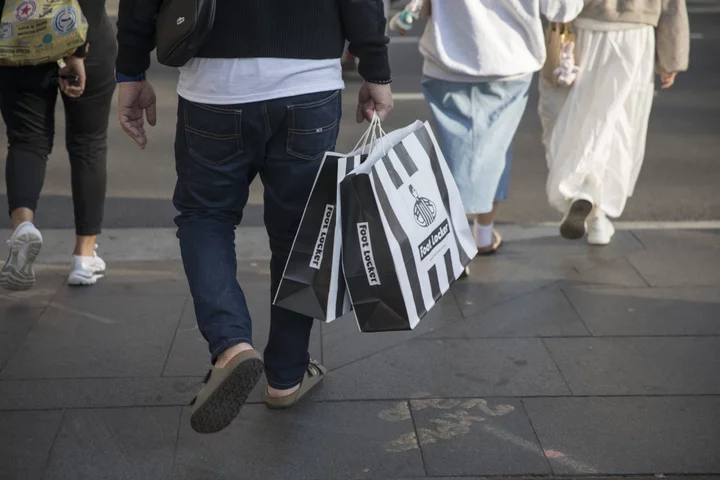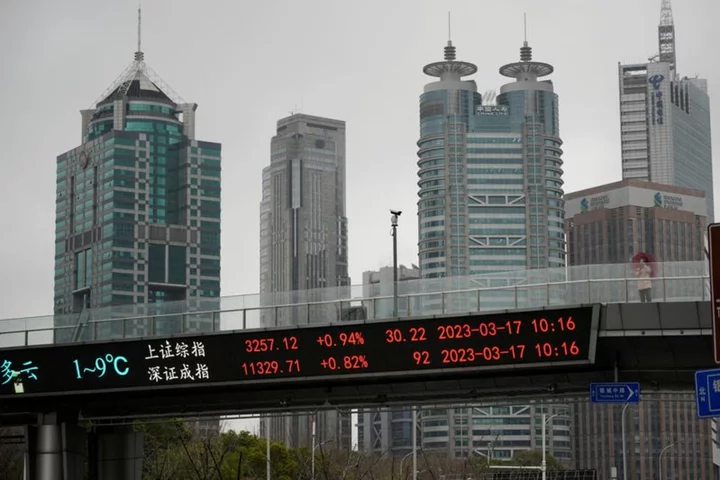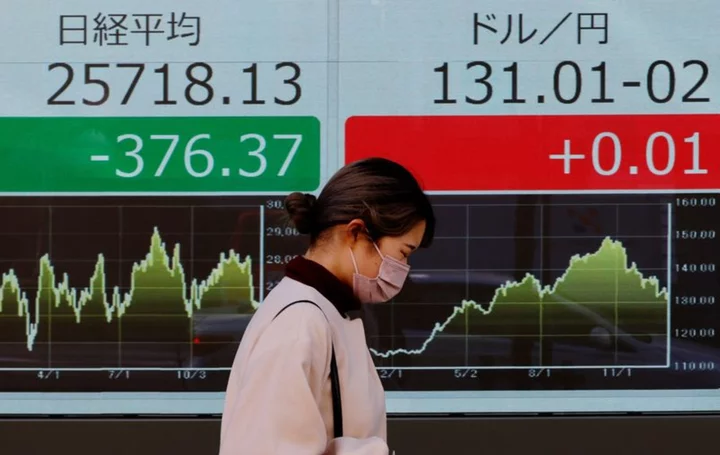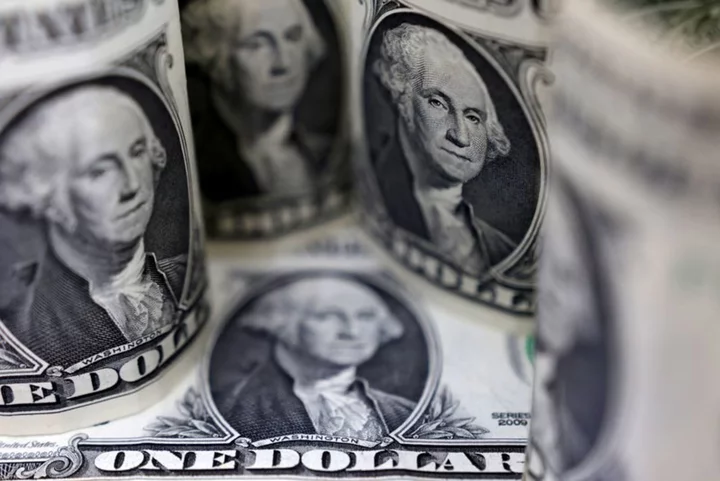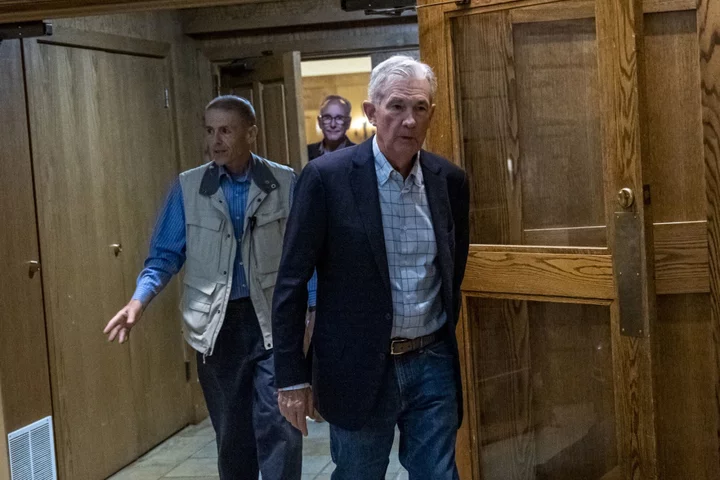Australian retail sales surpassed expectations in September, an outcome that will likely boost the central bank’s confidence that the economy can withstand further interest rate increases.
Sales advanced 0.9% from a month earlier, far exceeding estimates for a 0.3% rise, Australian Bureau of Statistics data showed Monday. This follows upward revisions to August and July data, suggesting consumer spending has been stronger than initially thought.
The upbeat figures sent the rate-sensitive three-year government bond yield briefly rising while market expectations for an increase in the Reserve Bank of Australia’s key rate to 4.35% at the Nov. 7 meeting picked up to 72%, from 69% prior to the release.
Central banks around the world have been surprised by the resilience of households in the face of sharp rate hikes and a recent energy-driven pickup in inflation. A key factor is strong labor markets which are generally offering consumers the leeway to keep spending.
“The September retail data today reinforces our view the economy is surprisingly resilient, and adds to the case to hike” next week, said George Tharenou, economist at UBS Group AG. “Indeed, if this continues, it adds to the risk of an additional RBA hike of 25 basis points to 4.60% in Feb-24.”
The RBA is widely expected to resume tightening after four straight pauses following an upside surprise in third-quarter consumer price data. New Governor Michele Bullock has said policy makers “will not hesitate” to tighten further if there was a material upside to inflation outlook.
The ABS pointed to a warmer-than-usual start to spring for September’s retail sales rise and added that the release of a new iPhone model also boosted spending.
While the gain was the largest since January, subdued spending for most of 2023 means that underlying growth in retail sales remains historically low, according to Ben Dorber, ABS head of retail statistics.
Retail turnover in trend terms is up 1.5% from a year ago, the smallest trend growth over 12 months in the history of the series, Dorber added.
Slowing consumption has been a factor in the RBA’s five rate pauses this year so far. Retail sales tend to be an important consideration in rate decisions given that consumption accounts for roughly 60% of gross domestic product.
A potential headwind to spending is the large number of mortgages that were fixed for three years at record low rates during the pandemic and are being switched to higher floating rates.
Today’s retail report showed:
- Most industries recorded growth this month, with rises in all non-food related industries
- Department stores gained 1.7%, the largest rise of the non-food industries, followed by household goods retailing, up 1.5%
--With assistance from Garfield Reynolds.
(Adds economist comment in fifth paragraph.)

